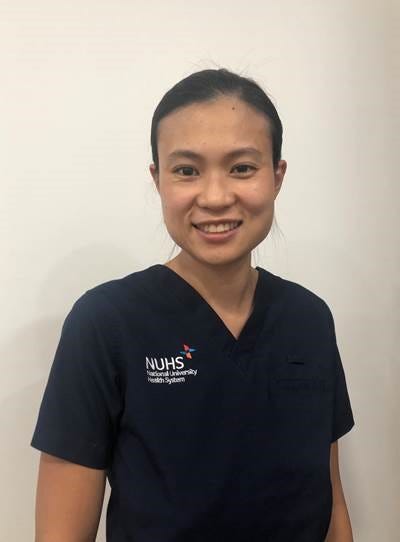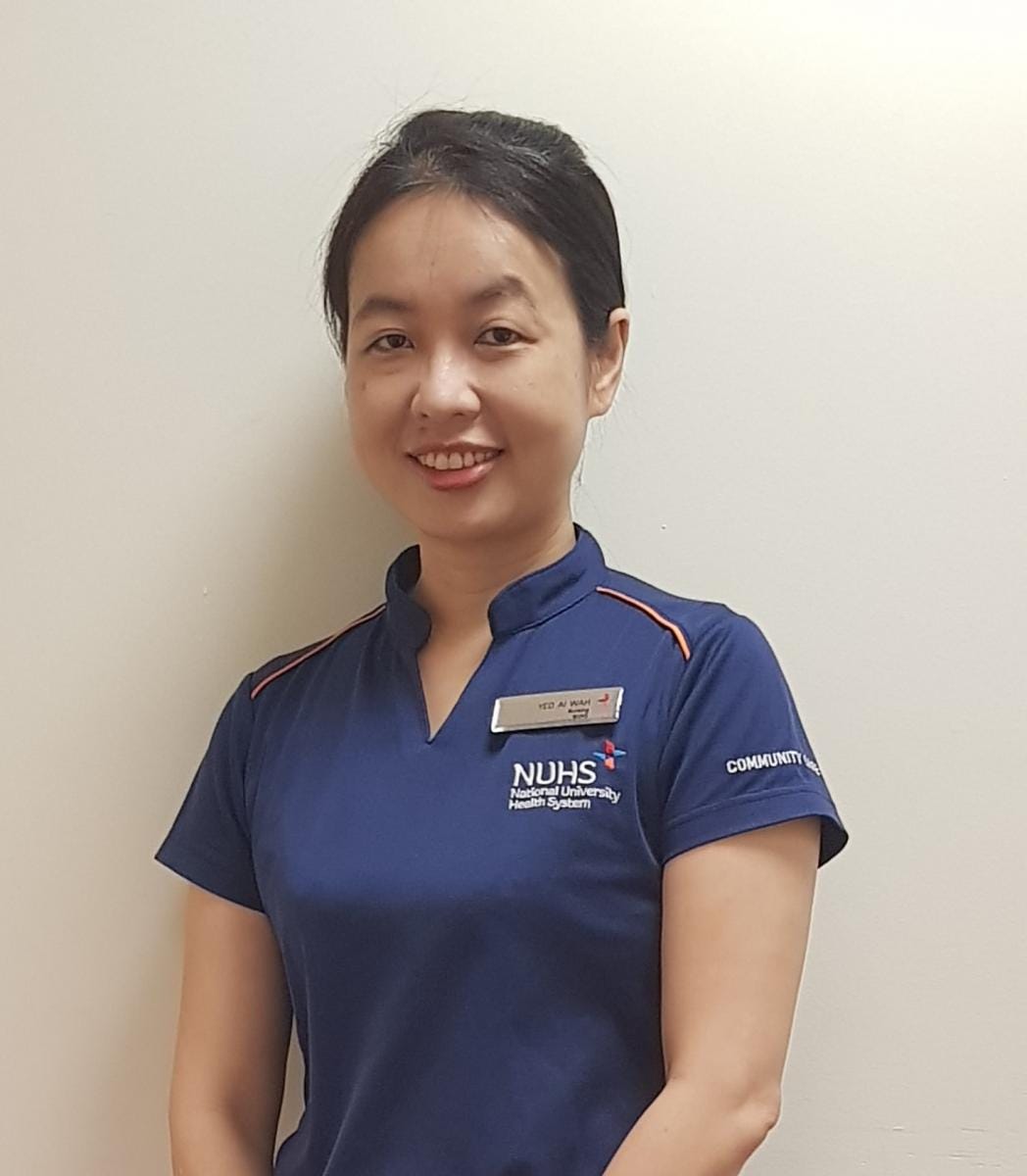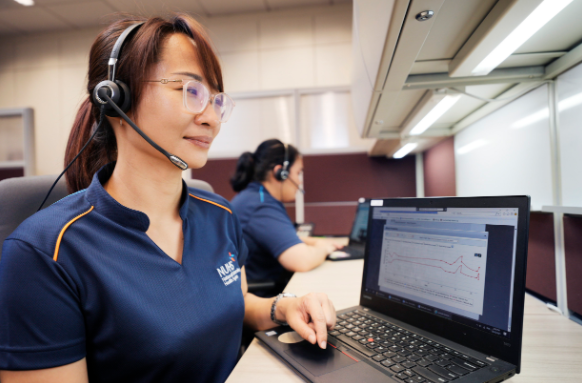To date, more than 500 patients have been cared for via the NUHS COVID-19 Virtual Ward.
HealthCareIT News
By Thiru Gunasegaran
January 26, 2022
Even before COVID-19 placed a significant strain on hospitals in Singapore, health systems such as the National University Health System were looking at ways to move care away from the hospital and into a person’s home or community.
This shift would help the country better manage an ageing population and increasing demand for hospital beds.
THE PROBLEM
Singapore experienced a surge in COVID-19 cases between September and December last year, resulting in an increase in hospital bed occupancy nationwide.
Many patients also expressed their preference to stay at home but due to their age, comorbidities or vaccination status, needed to be hospitalised or placed in an institution.
PROPOSAL
“The NUHS@Home programme, which was at the time taking care of non-COVID-19 patients at home, saw an opportunity to provide such care for COVID-19 patients at home,” said Dr Stephanie Ko, Clinical Lead for NUHS@Home and NUHS COVID-19 Virtual Ward, and Consultant, Division of Advanced Internal Medicine, Department of Medicine, National University Hospital (NUH).
“This also served to increase hospital bed capacity by extending the hospital ward to the home by way of a ‘virtual ward’.”

“The aim is to allow patients, who want to be at home and can be at home, to be at home. The team brings the care that would be provided in hospital directly to patients’ bedrooms. As such, patients are able to receive the treatment they need within the comfort of their own homes, and reduce the risk of exposure to hospital-acquired infections.” Dr Stephanie Ko, NUH
“Teleconsultation is done over audio or video calls to patients and/or their family members by our care team.
We speak with them to address their concerns and also perform a virtual clinical examination, which may include a sit-to-stand test. This involves patients measuring their oxygen levels, doing one minute of exercise by moving from a sitting to standing position repeatedly, and measuring their oxygen level again. If this drops significantly, we may be more worried about COVID-19 affecting a patient’s lungs,” explained Dr Ko.
Patients’ vital signs are also monitored to spot early signs of deterioration.
Those who own mobile devices and are able to use online forms are registered onto a vital signs chatbot which was co-developed with healthtech firm BotMD. The chatbot reminds patients to key in their vital signs three times a day.
Patients who do not own mobile devices or are unable to use online forms are equipped with Biofourmis’ Biovitals Hospital@Home solution; a suite of connected health devices.
“Thermometer, blood pressure meters and oximeters are connected by Bluetooth to a tablet, which transmits readings to our dashboard without patients having to key them in. The tablet is also used as a teleconsultation device with a simple interface,” Dr Ko said.
“Both dashboards by BotMD and Biofourmis feature the ability to send push alerts to our care team if any of the vital signs exceed pre-set thresholds, so that the care team can take action and follow up on patients.”
“Apart from [being able to recover] in the comfort of their home, treatment is similar to a COVID-19 treatment facility or hospital — our doctors and nurses do ward rounds on them daily or every other day through teleconsultation and ensure patients measure their vital signs routinely and monitor them,” added Yeo Ai Wah, Senior Nurse Clinician, Advanced Practice Nurse, CareHub, Regional Health System Office, NUHS.
The care team can visit patients at their homes if necessary to take blood tests, change wound dressing, send medication, or perform other nursing procedures.
They can also administer intravenous medication to lower the chances of high-risk COVID-19 patients developing severe pneumonia.

“The NUHS COVID-19 Virtual Ward team has supported patients in end-of-life care based on requests from patients or their family members. This allowed patients to spend time with their family during their final days.”
Yeo Ai Wah, NUHS
MEETING THE CHALLENGE
It took around two weeks for the virtual ward to be set up, from the time it was decided that NUHS@Home would be expanded to care for COVID-19 patients.
“Compared to non-COVID-19 patients, we wanted to minimise physical contact as much as possible, while still providing safe care for patients. We also had to ensure that our processes were quickly scalable to accommodate the surge of patients. Many of our processes had to be modified to adapt to this approach, including the adoption of the vital signs chatbot to capitalise on patients’ own devices, and expanding our existing partnership with our home care service provider, Speedoc,” shared Dr Ko.
“Protocols for monitoring, patient and family education to manage COVID-19 at home with the use of tele-monitors, case escalation and infection control measures were established to minimise the need for physical contact with patients. In addition to work processes, we had to address patient and family concerns to ensure they could cope at home,” added Yeo.
RESULTS
Since the virtual ward was set up in September 2021, the health system has saved more than 3,500 bed days. Over 500 patients have been cared for to date.
Other benefits have been reaped, with patient empowerment being one of them.
“[They are] taught how to monitor their own vital signs, as well as what is normal and abnormal, which also increases their health literacy beyond the virtual ward period,” Dr Ko said.
“The use of both teleconsultation and push notifications for abnormal vitals means that clinicians can monitor a large number of patients simultaneously without having to continually observe a dashboard. This helps doctors take care of similar or larger number of patients in their homes as they would in the hospital wards.”
Originally published at https://www.healthcareitnews.com on January 27, 2022.
Names cited
Dr Stephanie Ko, Clinical Lead for NUHS@Home and NUHS COVID-19 Virtual Ward, and Consultant, Division of Advanced Internal Medicine, Department of Medicine, National University Hospital (NUH).
Yeo Ai Wah, NUHS












